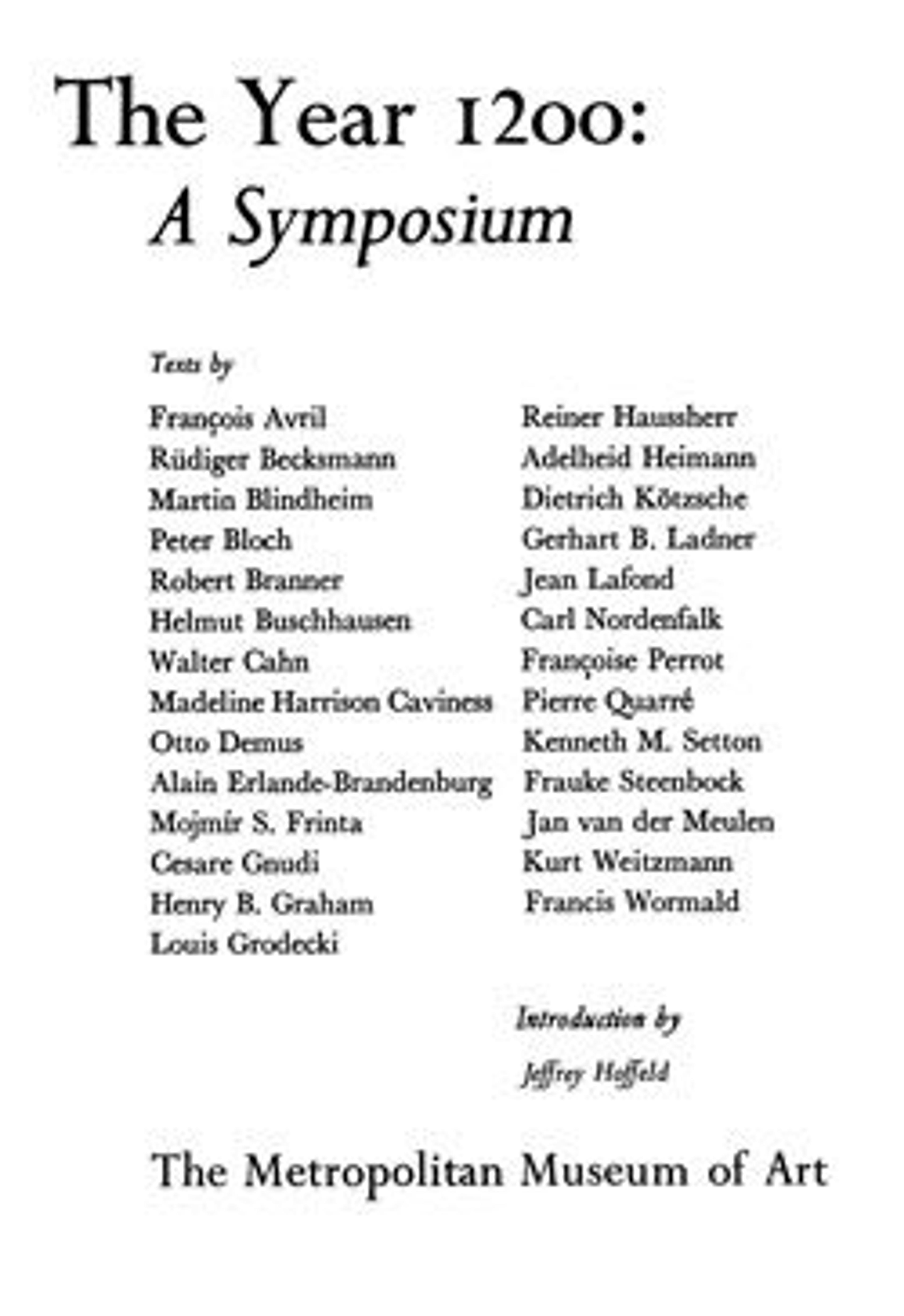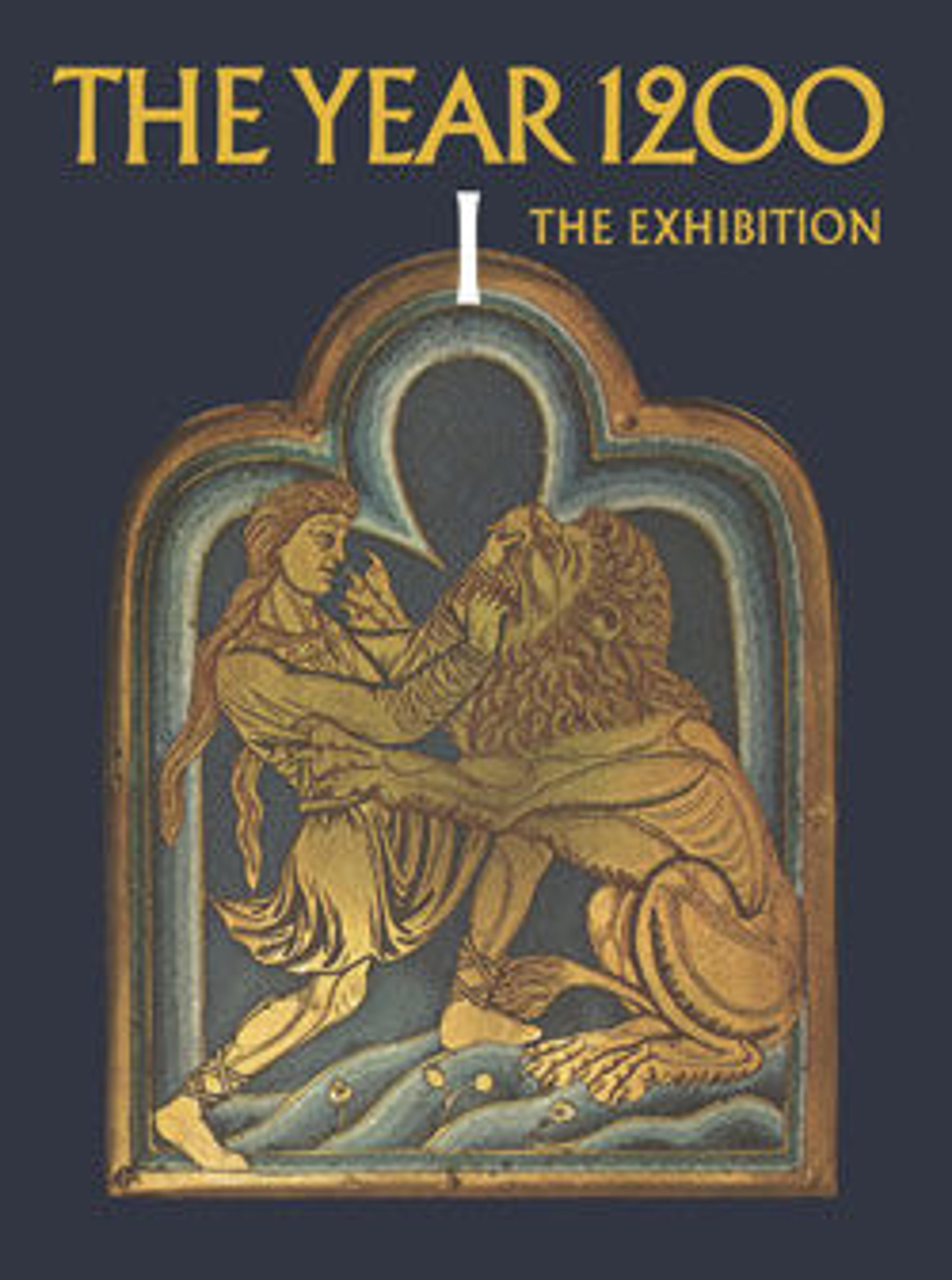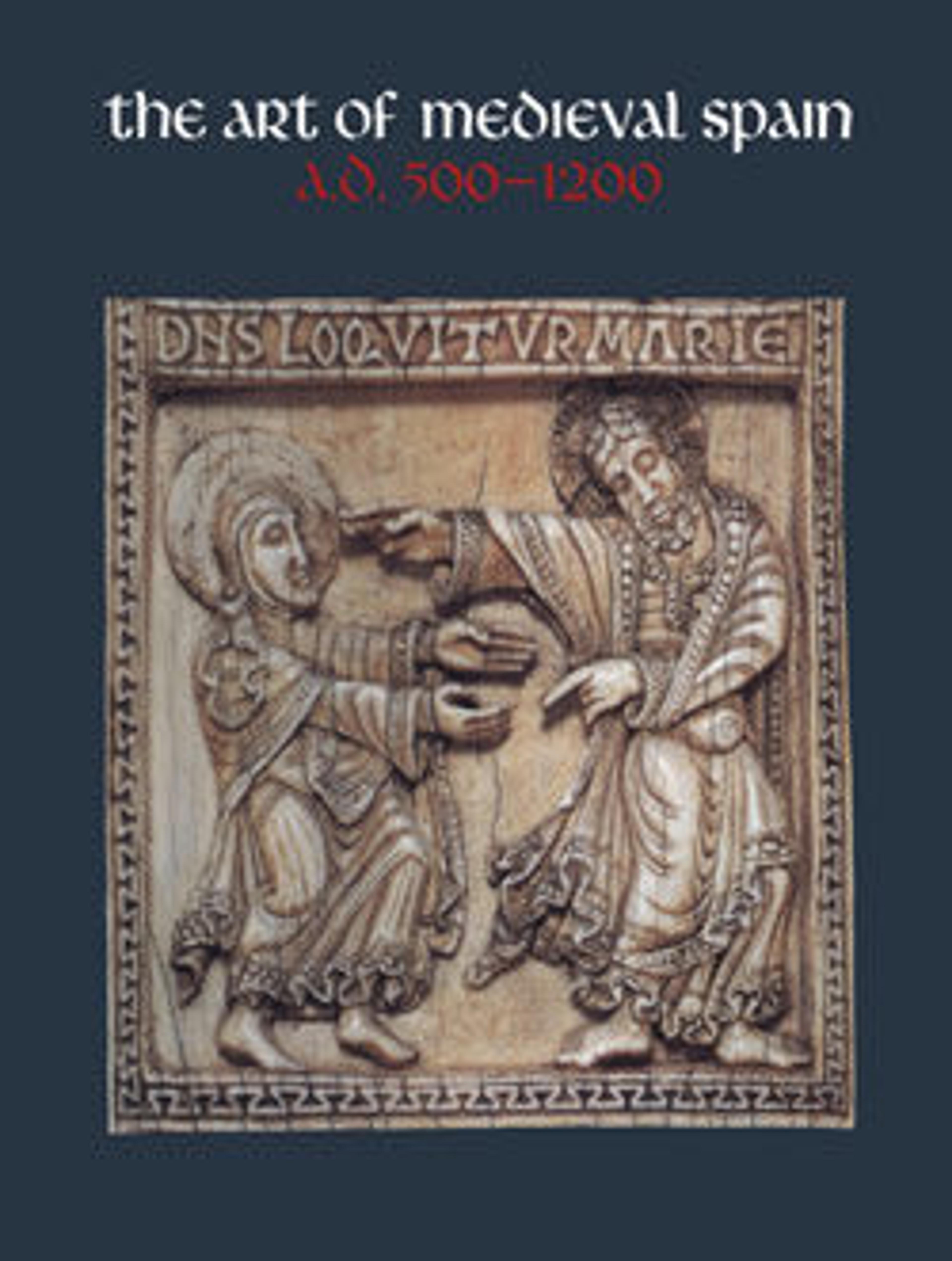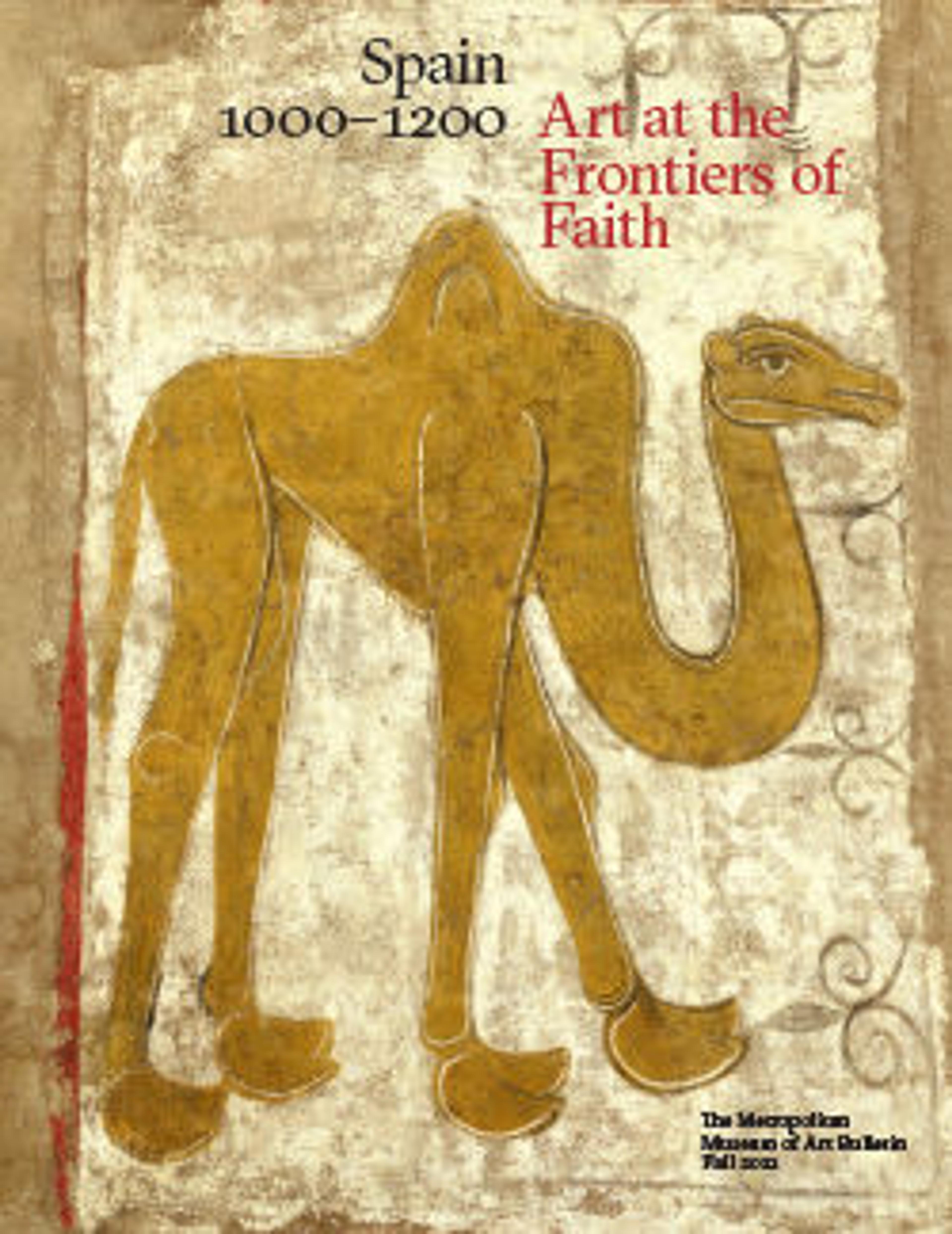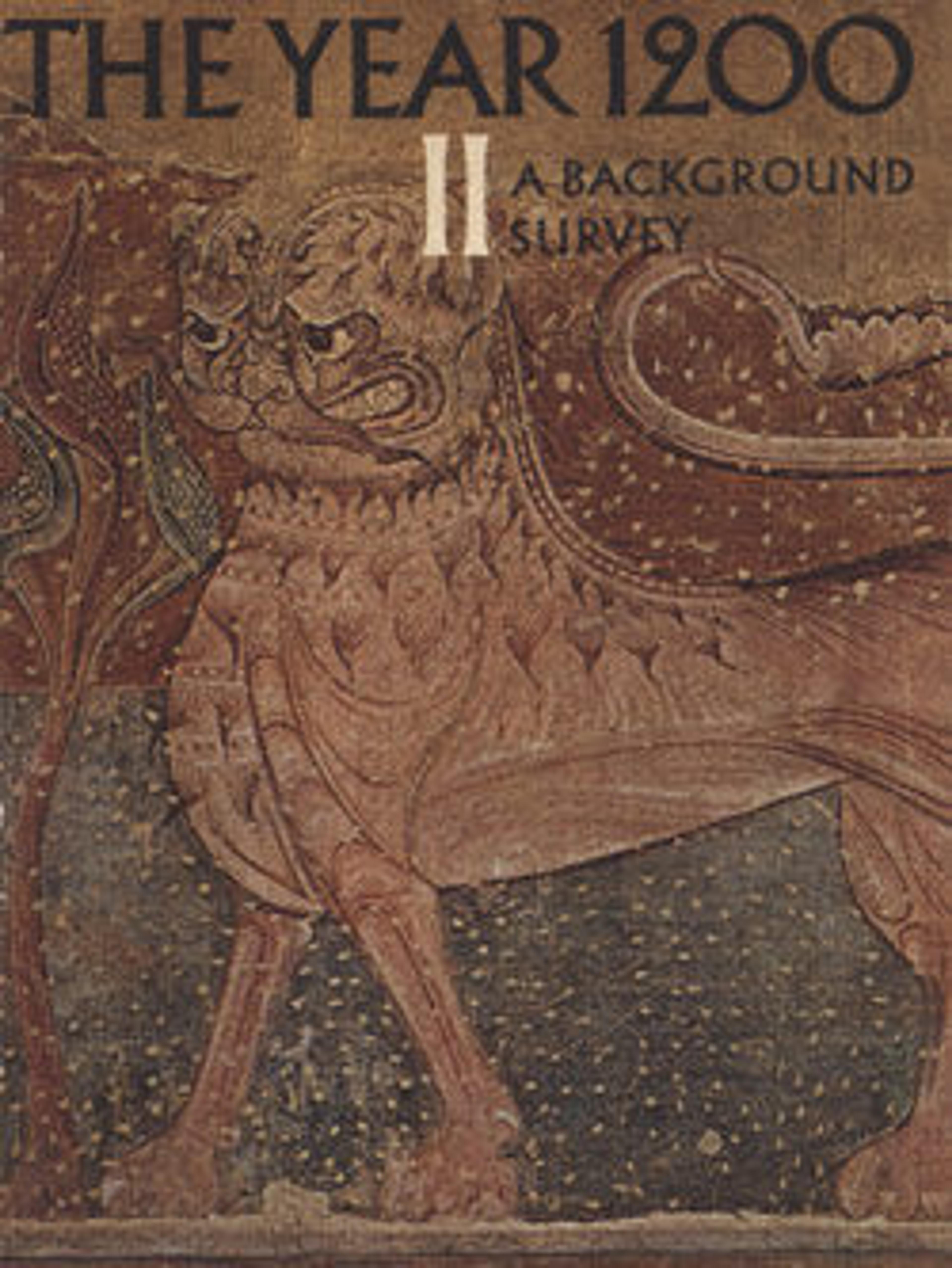
The Year 1200: A Background Survey
The Metropolitan Museum's Centennial exhibition The Year 1200 consists of masterpieces of Western European art created between 1180 and 1220. It is an attempt to bring into focus the stylistic trends that stretched from the twelfth century into the beginnings of High Gothic, which culminated in the court style of Louis IX (reigned 1226–1270) as exemplified in the Ste-Chapelle in Paris. It is the ambition of this undertaking to clarify the backgrounds and explore the roots that brought medieval art in France to a climax.
The achievements under St. Louis in architecture, sculpture, stained glass, and illuminated manuscripts, all of them highly homogeneous works and monuments of purest stylistic balance, had their origin in the art of the years 1180–1220. This earlier art—the substance of our exhibition—is the result of an amalgam of French, Flemish, Mosan, and Byzantine ingredients with a whiff of antique. The period of 1200 may be called "transitional" in a chronological sense and interpreted as a link between Romanesque and Gothic. Although the works produced between 1180 and 1220 lack stylistic unity, a small group of French origin reached the peak of classical balance. This classicism is the most striking peculiarity of the style "between" the ages. The group is in a style of its very own, which has not yet been fully labeled by art historians. Tentatively described by Louis Grodecki as the "style antiquisant," it will never again be equaled.
This intriguing development took place during the reign of Louis IX's predecessor, Philip Augustus (1180–1223). Philip's role as a commissioner and promoter of the arts is still to be investigated, but it seems beyond doubt that we have to assign important patronage to the royal house. The French court style originates obviously as early as 1200 in Ile-de-France, the region consisting of Gâtinais, Hurepoix, Brie, Mantois, French Vexin, Beauvaisis, Valois, Noyonnais, Soissonnais, Laonnais, and Parisis. Paris is only one of many places where we can find evidence of the king's presence, and the capital grew only gradually into its role as the paramount center of artistic life, which it was to be in the later thirteenth century.
Among the different sources of the flowering of intellectual and artistic life in Paris, one circumstance dominated the years around 1200: namely, the emergence of the university as the main center for learned studies. Salerno, Bologna, and Paris were the three earliest universities in Europe. Each of them became a model for later institutions. Paris was the great center for logic, metaphysics, and theology, and the archetype of the "masters' university." Founded in 1200 by Philip Augustus, Paris was recognized by Pope Innocent III, whose legate, Robert Courçon, gave it its statutes in 1215. From the very beginning, the University of Paris was closely connected with the Church. It had strong ties to the schools that had grown up on the Left Bank of the Seine from the time of Peter Abelard and to the cathedral school where Peter Lombard had taught. These were the sources from which the university had sprung. The virtual monopoly on teaching by the mendicant orders—especially the Dominicans, who reached Paris in 1217, and the Franciscans, who arrived in 1219—had an important impact on scholastic learning.
One of the major topics dealt with in Paris was Aristotle's work, which first started to reach the West in the second third of the twelfth century. Its effect on Western thought was extraordinary. A major part of Aristotle was translated not from the Greek but from the Arabic. Those translations included Neoplatonic as well as Arabic elements. Details on this will be found in Marie-Thérèse d'Alverny's essay, "The Arabic Impact on the Western World."
The purpose of this and the other essays that follow is to point up the multitude of elements that affected political, intellectual, and artistic life during the period we are investing. We hope that this information will enable the reader as well as the visitor to the exhibition to gain insight into the major areas of artistic production represented. The photographs further extend the scope of this volume by illustrating key monuments that we cannot exhibit in New York. These monuments are an invaluable complement to the material of the exhibition, for they are, after all, the context out of which the objects in The Year 1200 come, the "style Philippe-Auguste."
You May Also Like
Press the down key to skip to the last item.
